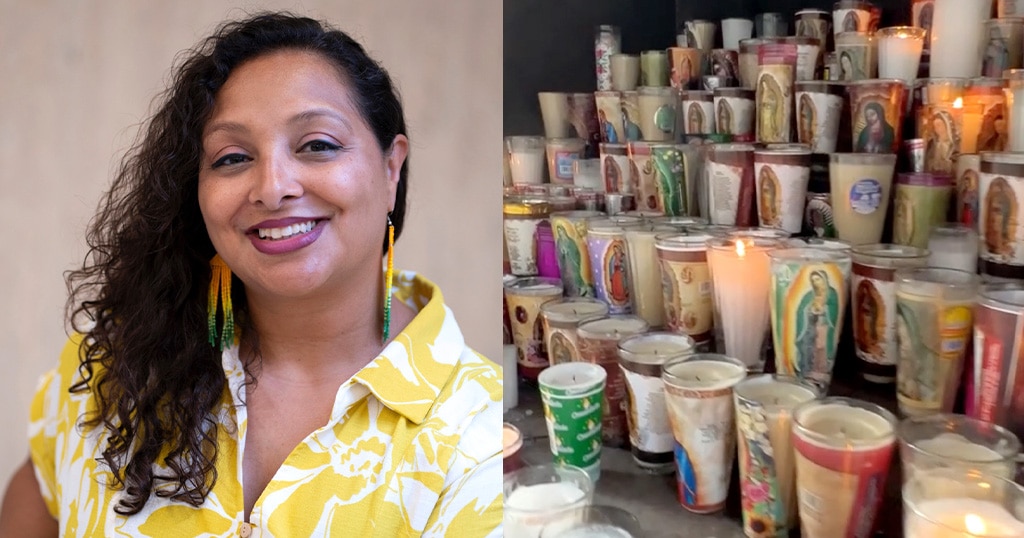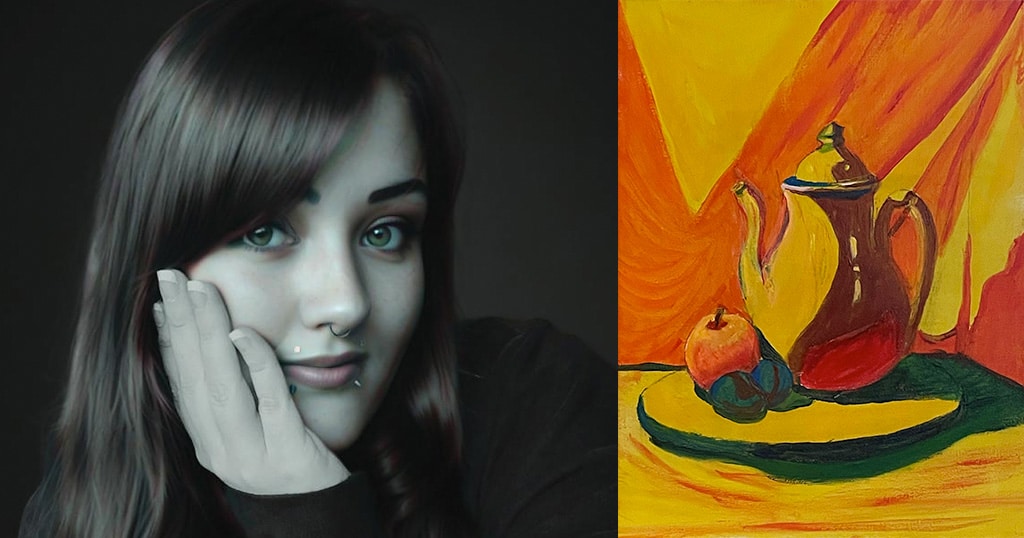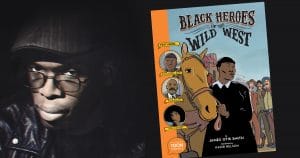How to Make a Portfolio That Gets Jobs and Clients
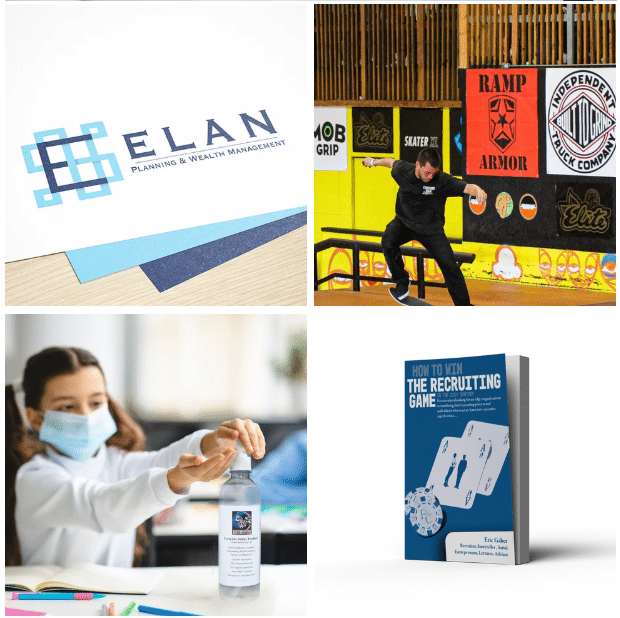
Clients and employers evaluate you for jobs primarily based on work you’ve done. A compelling portfolio is essential to your career. Even if you’re an entry-level graphic designer, photographer, or other creative, you can build a portfolio that makes the phone ring.
Below, you’ll learn how to make a portfolio that works, with expert tips and portfolio examples to inspire you.
What Is a Portfolio?
A portfolio is a collection of your best work that shows your skills to potential clients and employers. Hiring managers and purchasing agents use portfolios to judge the quality of a vendor’s work before they hire. Most portfolios today are hosted online to increase their visibility and engagement.
Graphic designers, illustrators, photographers, web designers, writers, filmmakers, and artists all use portfolios to get new jobs or clients. Marketing professionals often keep portfolios of their best work as proof of their experience.
Why Have a Portfolio?
People believe you can do what you’ve already done. When you’re applying for creative jobs, a portfolio is proof that you’re worth hiring. The best artist or designer in the world will go unnoticed if they don’t showcase achievements. Likewise, even a brand-new filmmaker or photographer can get work with a good portfolio.
How to Make a Portfolio
Here are the basic steps to make a portfolio the right people will notice.
- Look at some portfolios online: No need to reinvent the wheel. Get inspiration from some well-made examples in your field.
- Define your audience: Build a mental picture of the kinds of clients or employers you want to attract. Learn what they need, then gather work samples that fit them.
- Choose your best work: Select six to ten strong, relevant pieces. Quality beats quantity.
- Select a platform: Decide if you’ll host your portfolio on your own website or on a portfolio tool like Adobe Portfolio or Squarespace. (It can be easier to use a tool.)
- Organize: Group projects by type for easy navigation.
- Provide context: Add brief descriptions for each project. Explain the project goals, process, and results.
- Add a personal touch: Include a short bio and contact information to make it easy for people to reach out.
Now let’s dig into the details:
Choose a Portfolio Tool
Save time by using a portfolio builder to put your work in front of clients and hiring managers. Here are five of our favorites:
- Behance. A free platform for creatives like graphic designers, illustrators, and photographers. Behance lets users share projects, get feedback, and network in the Adobe system. Helps creatives get noticed by recruiters.
- Dribbble. Best for UI/UX designers, product designers, and branding specialists. Dribbble shows short, visually appealing snapshots of work. Its “Hire Me” feature and job boards help land freelance or full-time placements.
- Adobe Portfolio. A good fit for Adobe Creative Cloud users. Adobe Portfolio has responsive templates and syncs automatically with Behance.
- Squarespace. For creatives who want a fully branded, professional website. Squarespace comes with customizable templates, e-commerce options, and a custom domain. Good for photographers, filmmakers, and artists looking to sell work or services directly.
- Carbonmade. Carbonmade is easy to use, thanks to its drag-and-drop portfolio builder. Lets you show off high-quality visuals without advanced technical skills.
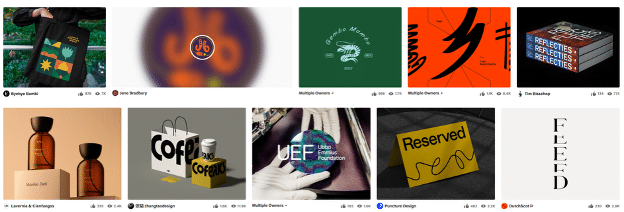
Credit: https://www.behance.net/for_you
Keep it Short
Go through your past work and choose your very best few projects. If you “kitchen sink” your portfolio, your best work becomes a needle in a haystack.
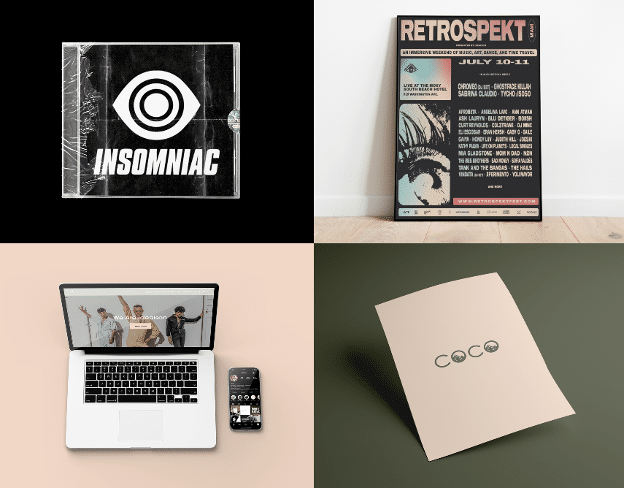
Credit: https://ryleepride.myportfolio.com/
Include a Variety
“In a portfolio, I like to see a variety of projects — maybe a static poster, logo, graphic, book design, A/V reel, PSA, and definitely a website. I really like to see designs of products/apps.” –Keara Fallon, design exec

Credit: https://jimmydavies.com/
Stay Digital
The days of the printed portfolio are long over. Stick to a digital version, but do create a short link you can print on business cards. Portfolio platforms like Behance and Adobe Digital have built-in short links. If your link is long, you can use a link shortener like Bitly or TinyURL.
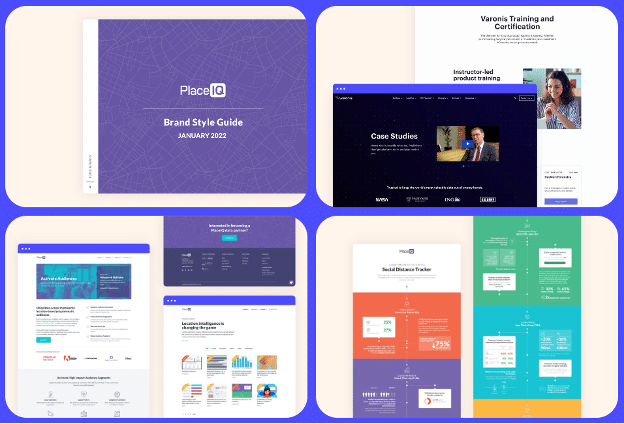
Credit: https://amyshutter.design/
Keep it Realistic
“In judging a portfolio, I like to see a range of work. The projects should be realistic, not dream projects. My main criteria is: “Does this resemble something I’d see in the real world?” –John Gawley, graphic designer and photographer
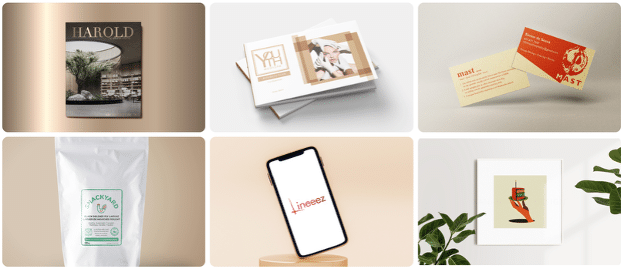
Credit: https://kansam.pb.gallery
Include Mockups
“Always include mockups in your portfolio. Show potential clients what products they can stick your artwork on and how they can make money. If you want to do T-shirt designs, you better show some mock ups of your work on T-shirts. The type of projects depends on the jobs you’re going for.” –Landon Armstrong, professional illustrator for brands like Disney and Cirque Du Soleil.
Hire a Pro Photographer
Mockups of your designs on mugs, letterheads, tablets, and phones will look 100 times better in professional photos. If you can afford to pay a pro for a lightbox shoot, your portfolio will drop jaws.

Credit: https://ezradesign.studio/
Show Your Process
“I like to see case studies that include everything from the project objectives through research, ideation exercises, mind mapping, lists and thumbnails, sketches, and refined sketches—lots of sketches!” –Leslie McDougall, designer for brands like 3M, Spice Islands, and Schwan’s
Focus Your Portfolio
“Make sure your work and experiences present a clear, cohesive style. Employers need to feel confident that hiring you will deliver a specific result.” –Jessica Layton, professional photographer
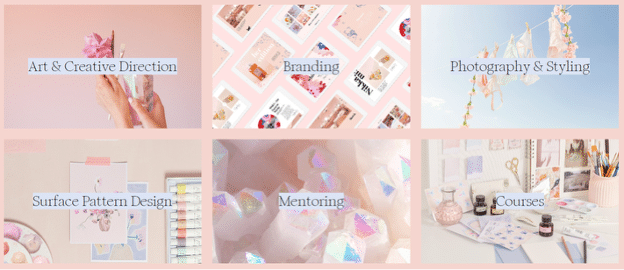
Credit: https://mariamarie.com/
Personal Projects Are Fine
“If you’ve done work for hire then great, show it! If not, don’t be discouraged, everyone starts somewhere.” –Deniz Coker, professional marketer for brands like Walt Disney and 21st Century Fo
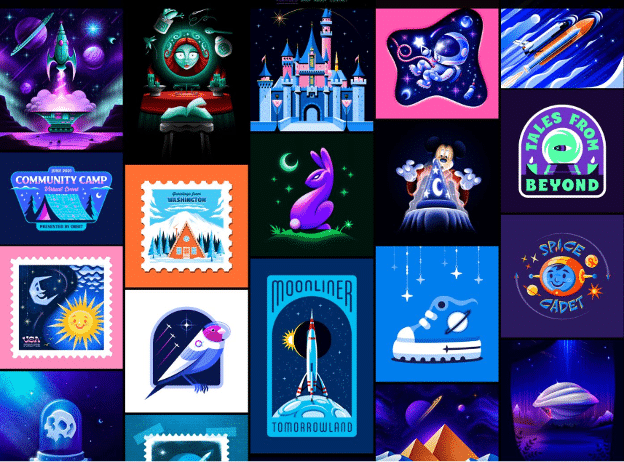
Credit: https://www.bestfolios.com/portfolio/jarodocton
Show Unique Work…
“Set yourself apart by presenting work that’s unique. People/employers will remember you if your portfolio includes something different from the usual. It also creates easy talking points during interviews.” –Jessica Layton is a photographer who draws viewers into earth’s wildest places.
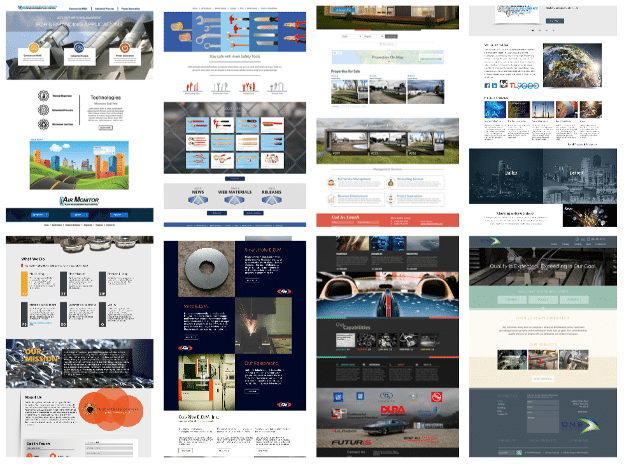
Credit: https://express.adobe.com/page/RUestmsVHFVcK/
…But Not in a Unique Way
It’s nice to try to be a little different, but your portfolio should not look gimmicky. The viewer should be more aware of the work than the portfolio itself.
Keep it Current
Your portfolio should show off samples from this year, and preferably this month. Anything older than five years doesn’t prove your current skill set. So — update frequently!
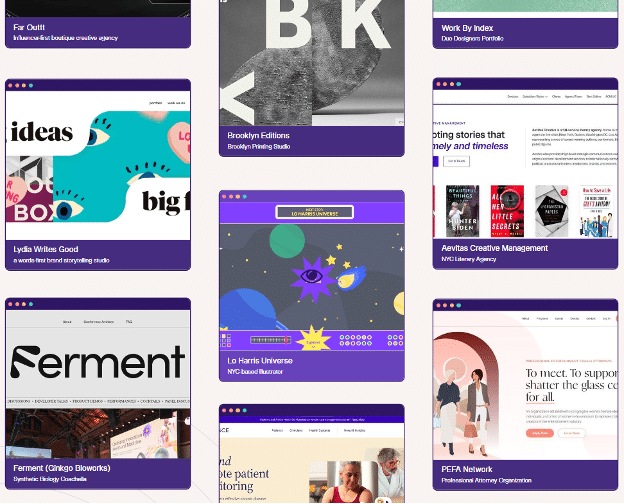
Credit: https://www.alexbeigeweb.dev/
Show Results
The best design portfolio examples in the world won’t get you hired unless they do something for the client. Show how you used your talents to move the needle.
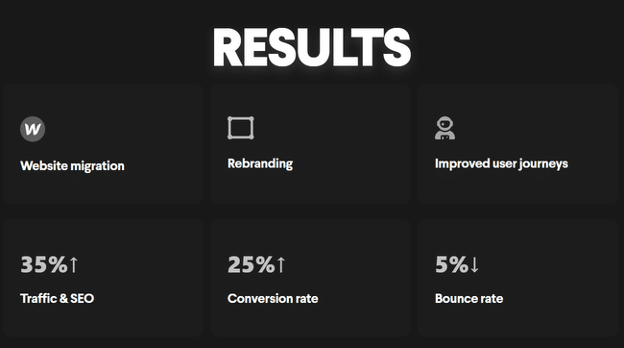
Credit: https://www.jameswilliams.design/enate
Include Testimonials
People trust testimonials, which is why you see them on so many product websites. Any time a client or employer says something nice about you, ask if you can add it to your portfolio.
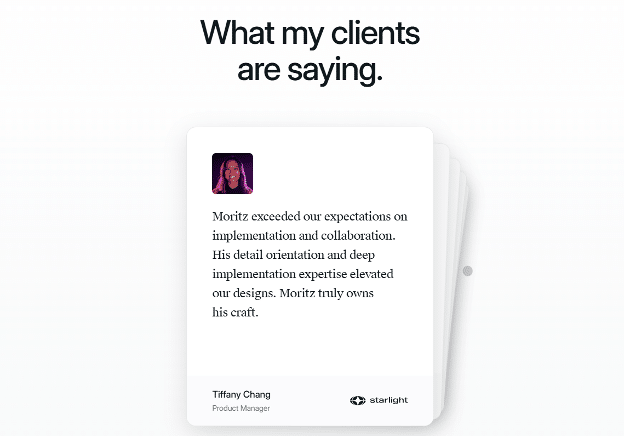
Credit: https://www.moritzpetersen.com/
More Tips to Make an Online Portfolio That Gets You Hired
Here are a few more tips to make your portfolio sparkle.
Add Awards
Have you or your team won a Webby, 99award, Awwwards prize, UX Design Award, Student Film Award, or other accolades? Those can make your portfolio stand out.
Use Keywords
Clients and employers will find you more easily if you use keywords that speak to your skills. If you’re a graphic designer who does corporate logos, do a little keyword research to learn how clients search for that online. Then, use those words in your portfolio.
Bring an iPad to the Interview
“I always show up to interviews with an iPad portfolio to show off new pieces that are not public yet or work that’s relevant to getting the job.” –Landon Armstrong, professional illustrator for brands like Disney and Cirque Du Soleil.
Be Ready to Explain Your Work
Be prepared to speak about and explain the concept behind each project. Your portfolio tells the employer or client that you understand the relationship between art and commerce.
Do a Portfolio Review
When employers see your portfolio, they won’t tell you why they didn’t hire you. That means you need feedback from a professional review. You can show your work to a peer group, but you’ll get more honest tips from a formal online portfolio review, like the ones offered in Sessions College programs.
How to Make a Portfolio for Your Field
A graphic designer is not a photographer or a filmmaker. Their portfolios are all a little different. Here are some tips to help you make a portfolio that fits your skills.
Graphic Design Portfolio
Choose different projects from branding, packaging, and digital design. Add written case studies that describe your process, from first sketch to final product. Don’t just show a .png of a design — take lightbox pics of them on business cards, signs, product boxes, or bottles. For web design, show how they look on desktop, tablet, and mobile.
Illustration Portfolio
Include a mix of editorial illustrations, character designs, and storyboards to show your range. Use mockups to present your work in real-world settings like book covers, magazine spreads, or product packaging. Choose samples that have a common style to help your work stand out.
Photography Portfolio
Separate your work into sections like portraits, landscapes, or events. Show your technical skills with a mix of natural lighting, studio work, and post-editing examples. Use context shots like framed prints or gallery setups to generate more interest.
Film Portfolio
Gather short films, commercials, or creative edits. Create a short reel that you can host on Vimeo or your own website. Include the clips you’re most proud of, and try to explain your role on the project, and the project’s goal.
Marketing Portfolio
Build a roster of campaign case studies with objectives, strategies, and results. Include branded content, social media campaigns, and email marketing examples. Lead off with metrics like engagement rates or ROI. Numbers show the size of your achievements. Organize your content into specialties like content creation, strategy, or analytics.
UX/UI/Web Design Portfolio
Your web design portfolio should include wireframes, prototypes, and live site links. Add case studies with user research, personas, and testing results. Include screenshots of your work and mockups of mobile and desktop views. Write short descriptions of your problem-solving and iterative design process.
Your Portfolio Is Never Finished
When is your portfolio done? Never! Once you’ve built a portfolio you love, review it every few months. Go through your recent work and decide what to add to your portfolio, and what to take out. Your portfolio should continually improve as your career progresses. As it does, the quality of the jobs will improve along with it.

Tom Gerencer writes and edits in the fields of education, design, science, tech, business, healthcare, and the outdoors. He has written over 1,500 high-traffic articles, web pages, and ebooks with more than 70 million readers worldwide. Read more articles by Tom.
RECENTLY ON CAMPUS























